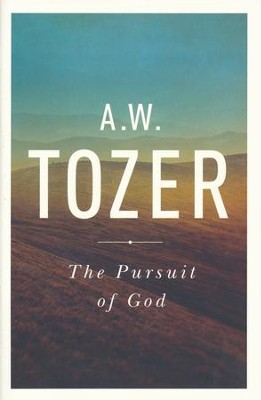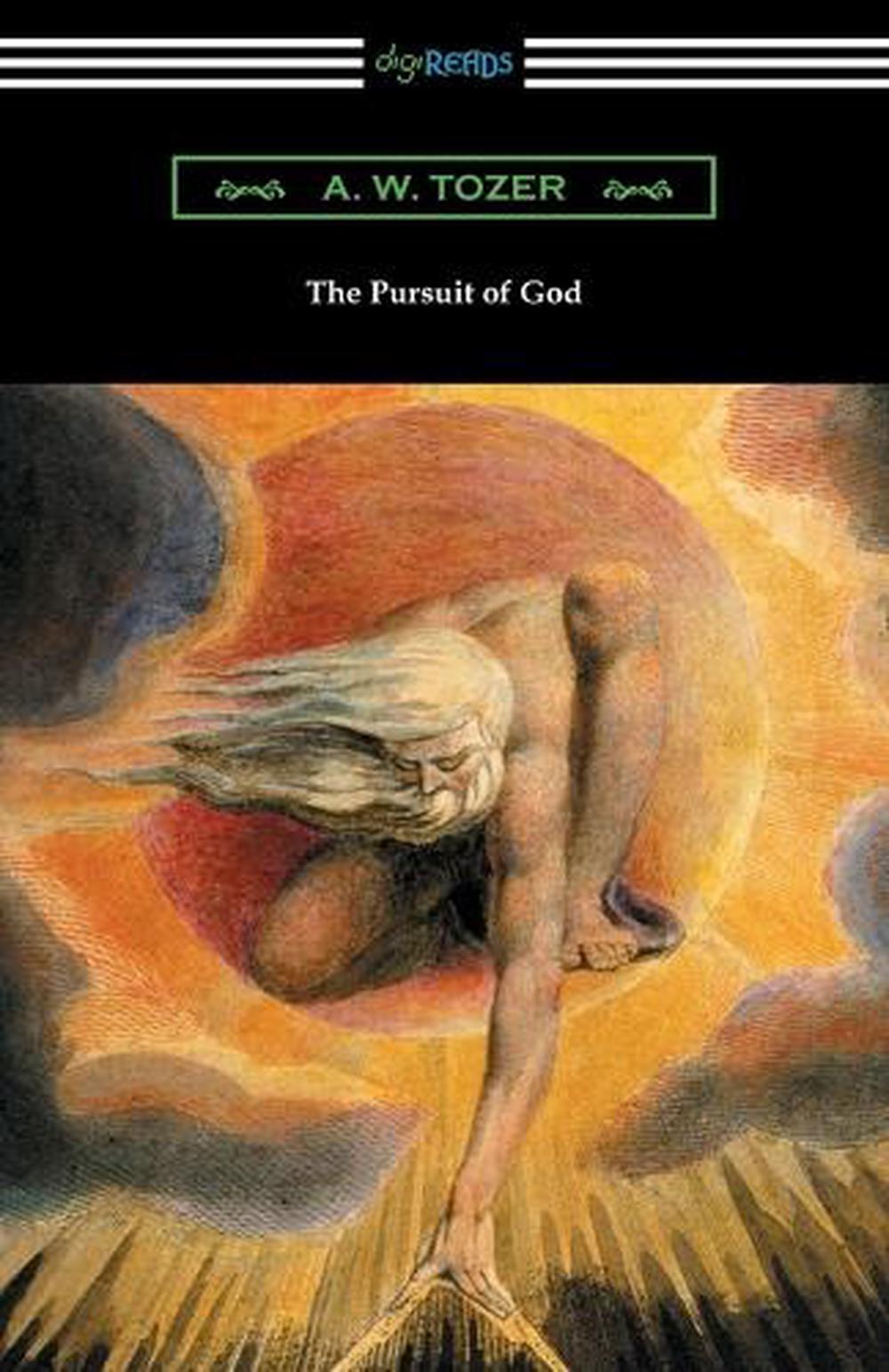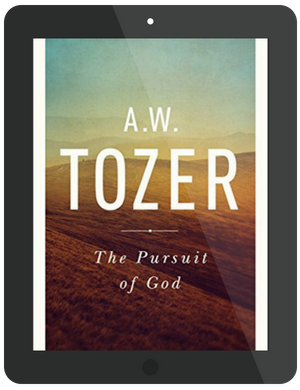
Set in the late 1940’s, he remarks often about the lack of fervour, the lack of the Spirit in the American church. To be sure, the author is also lamenting the spiritual state of the nation at the time. And he does a lovely job of communicating that truth through this short book (126 pages of middling length). Tozer helps the reader to better understand that God is not far off, he is all around, and is seeking communion with his children. What were those ideas? Chiefly, how each person in Christ can (and should) exercise the gift they’ve been given and deepen their relationship with God. Where as something like Confessions is hard to follow from one sentence to the next, Tozer’s writing flows and I found myself swept away in the ideas he was expressing. I started on Pursuit of God just after finishing the Confessions of St Augustine and there is a marked difference between the language used. Their writing is unlike how you are used to people speaking, yet it’s not hard to read or comprehend.

They both have a way with words they can communicate massive concepts in simple fashion. Lewis (this book reminds me a lot of Lewis’s Mere Christianity). And Pursuit of God seemed to fit well, so I added it to the list.Īnd I’m so very glad to have made that decision.

As I started to flesh out the content plan for 2017 and beyond, I realized I wanted to do more learning on the topics myself and started looking for materials.


That is, until I started thinking about the core content of this newsletter and my goals for 2017. When a friend of mine was moving away, he happened to have a copy (he previously ran his own Christian book store and had a lot of great material he couldn’t bring with him … I benefitted greatly) and I was happy to add it to my collection.īut it still wasn’t one I immediately thought I needed to get to right away. The Pursuit of God is a book that I’ve heard of plenty of times before, but it did not jump out to me as “must read” for quite some time.


 0 kommentar(er)
0 kommentar(er)
